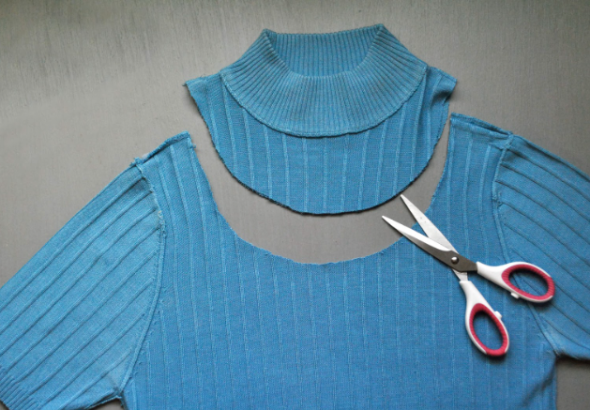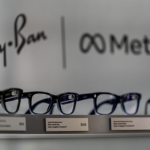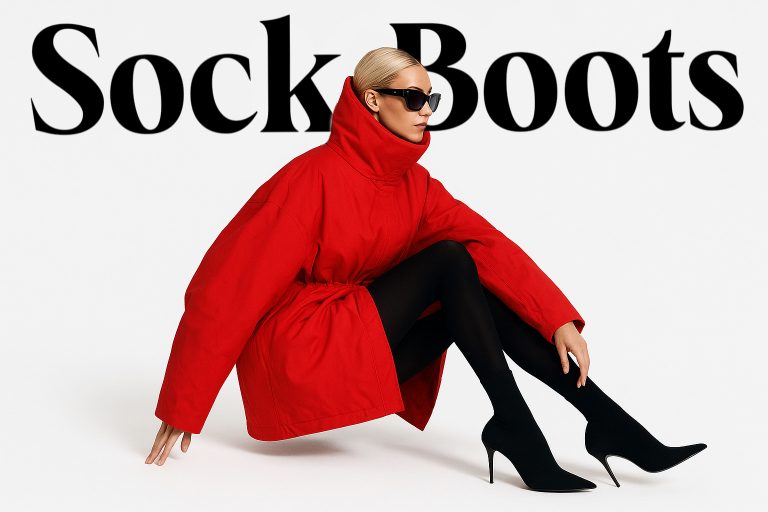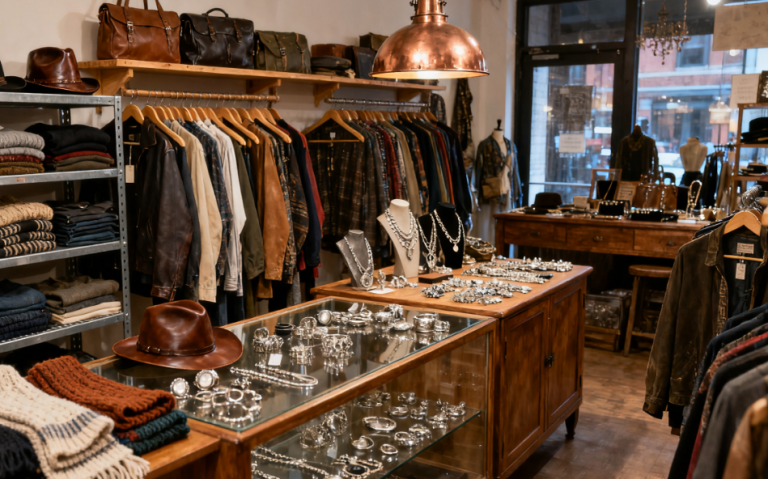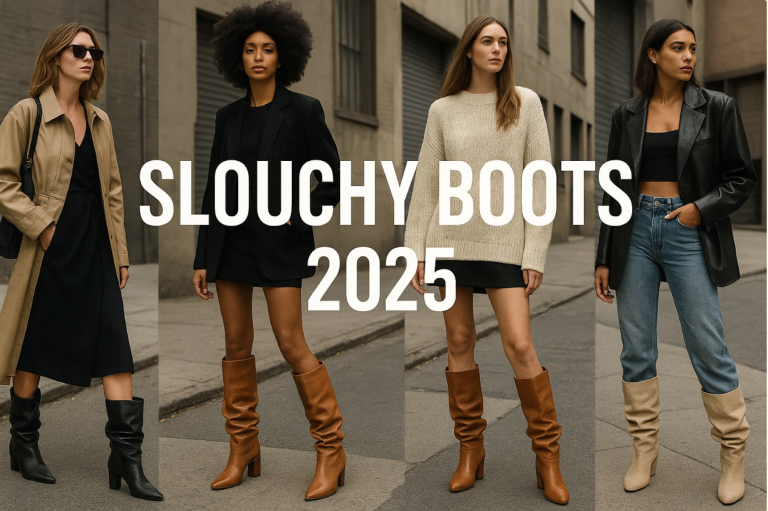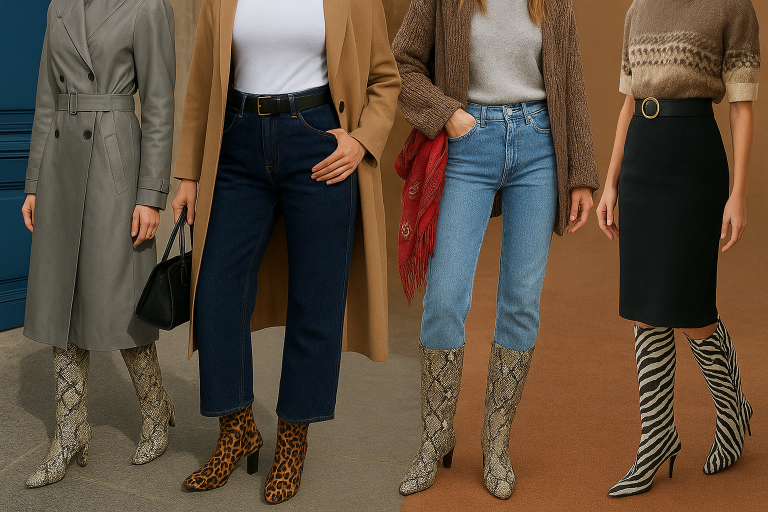2025年10月7日
Sam's Fashion Style
Smart Fashion. Bold Stories. A Digital Style Revolution.
 11 Easy DIY Sweater Tutorials for Women – Create Your Own Designer Winter Wardrobe
11 Easy DIY Sweater Tutorials for Women – Create Your Own Designer Winter Wardrobe
 Dresses with Flats: The Most Beautiful Women Are the Relaxed Ones
Dresses with Flats: The Most Beautiful Women Are the Relaxed Ones
 70-Year-Old Versace Queen Transforms After Retirement! Sun-Kissed at Sea, Looking Like Lady Gaga, Fashion World in Tears
70-Year-Old Versace Queen Transforms After Retirement! Sun-Kissed at Sea, Looking Like Lady Gaga, Fashion World in Tears
 Skin x LULU: Science and Subculture Converge in Sydney’s Inner West
Skin x LULU: Science and Subculture Converge in Sydney’s Inner West
 The Self-Love Awakening: Harnessing the Power of the Leo New Moon to Reclaim Your Inner Strength
The Self-Love Awakening: Harnessing the Power of the Leo New Moon to Reclaim Your Inner Strength
